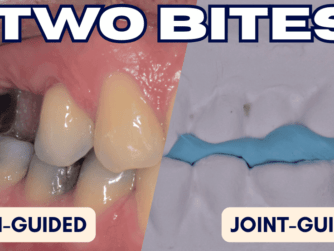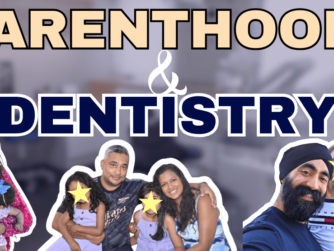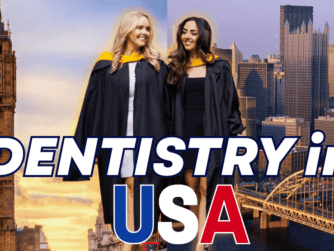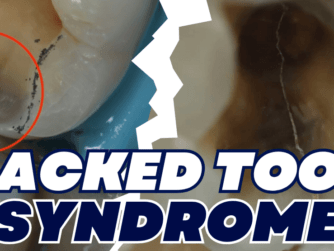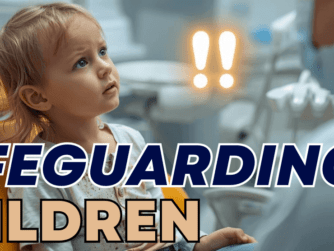Podcast: Play in new window | Download (Duration: 40:17 — 56.3MB)
Subscribe: RSS
In this special recap, we’ll explore 12 key lessons from 2024 —insights that have shaped our practice, validated our protocols, and sometimes, inspired small but meaningful changes.
Happy New Year from Team Protrusive! As we kick off 2025, we want to express heartfelt gratitude for your incredible support throughout 2024.
What were the standout moments that shaped your learning this year?
Which episodes gave you that “aha” moment?
Whether you’re a seasoned listener or just jumping in, this recap will help solidify the lessons that you can apply to your practice every day.
Protrusive Dental Pearls:
Take time to reflect on your goals for 2025 and consider what sacrifices you’re prepared to make to achieve them. Emphasizing the importance of writing down both your objectives and the trade-offs they require, align your time and priorities with your personal and professional aspirations.
“You overestimate what you can achieve in a year and underestimate what you can accomplish in ten years.” Productivity is about knowing how badly you want something and what you’re willing to sacrifice to achieve it.
Take a deep dive into this literature: Clinical considerations for increasing occlusal vertical dimension: a review
Need to Read it? Check out the Full Episode Transcript below!
Highlights of this episode:
- 01:08 Protrusive Dental Pearl
- 06:25 Value Your Skills
- 11:54 Importance of Photography and App Launch
- 14:42 Audio Notes in Dentistry
- 16:41 Rubber Dam Mastery
- 18:07 Composite Techniques and Innovations
- 21:07 Onlays vs Full Crowns
- 25:54 Best Bonding Agents
- 28:55 Digital Dentures Revolution
- 31:24 Mastering Vertical Dimension
- 32:29 Perfecting Posterior Composites
- 34:58 Creating Awesome Dentures
- 36:27 Extraction Techniques and Avocado Analogy
- 37:47 Looking Forward to 2025
Here are some episodes and webinars mentioned in this episode that are definitely worth checking out:
- Value Your Skills – How to Stop Underselling Yourself – AJ006
- Your Occlusion Questions Answered by Dr Michael Melkers – PDP015
- Cracked Teeth and Dentistry’s Tough Questions with Dr Lane Ochi – PDP175
- NEVER Write Notes Again! How I Use AI for Awesome and Efficient Dental Records – PDP181
- Canine Guidance vs Group Function – Does it Matter?! – PDP182
- Class II Composites WITHOUT a Wedge + Contact Opening Technique – PDP188
- Onlays Vs Full Crowns – Decision Making 2024 – PDP189
- Quick and Slick Rubber Dam
- Vertipreps for Plonkers
- Premium Clinical Videos
- My Productivity Secrets Revealed Webinar REPLAY
- Deep and Dark Class III Restorations
- Which Generation Bonding Agent is the Best? 2024 Adhesive Systems – PDP192
- Digital Dentures for Every Dentist – The Death of Impressions? – PDP195
- [OCCLUSION MONTH] Vertical Dimension – Don’t Be Scared! – PDP197
- How to Place Posterior Composites without Destroying Your Anatomy – PDP200
- Making Awesome Dentures – Border Moulding and Beyond – PDP205
- Exodontia for Beginners – Extractions via Avocados! – PS012
Take your practice to the next level with DigitalTCO, Dental Audio Notes, and the Greater Curve.
This episode is not eligible for CPD/CE points, but never fear, there are hundreds of hours of CPD waiting for you on the Ultimate Education Plan, including Premium clinical workthroughs and Masterclasses.


